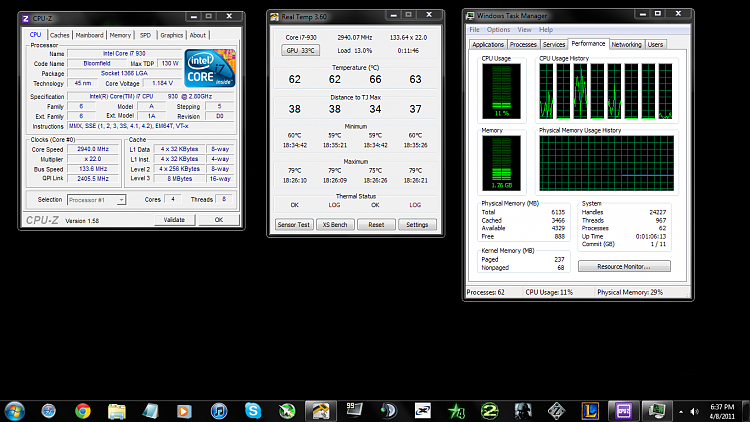New
#1
Really Important.
Hello guys. I have an Intel Core i7 930 CPU running at stock settings and with a stock cooler.
Till like a week back, the CPU Temps used to be 35 - 45 idle and 75 - 85 at load. But suddenly, last week they became like 60 - 80 and the load with no application/file open wouldn't go below 10 - 15%. I have 6GB Ram.
Please help. If I play any game that I want to, the load goes up to 60 - 70% and the CPU Temp goes to up till 100.





 Quote
Quote